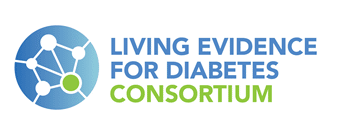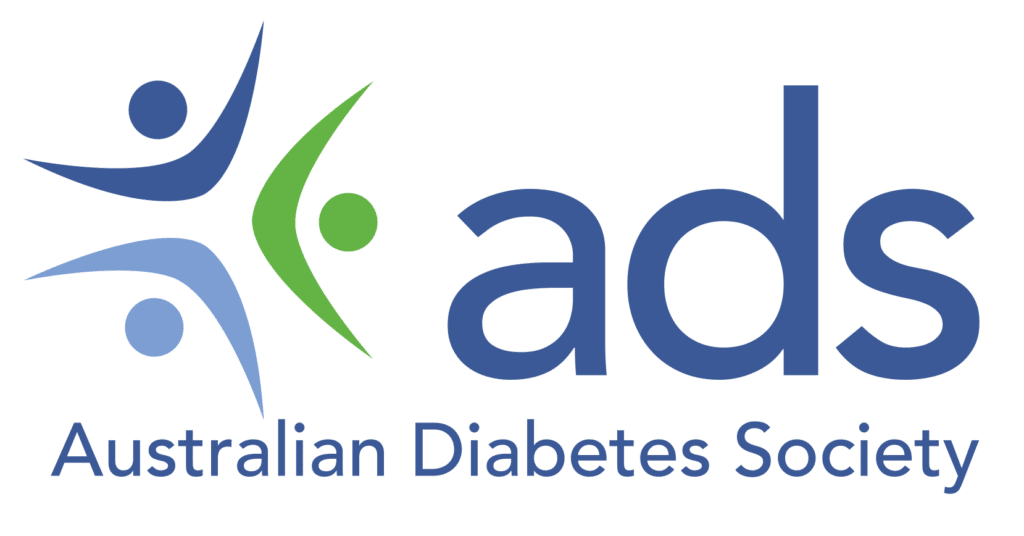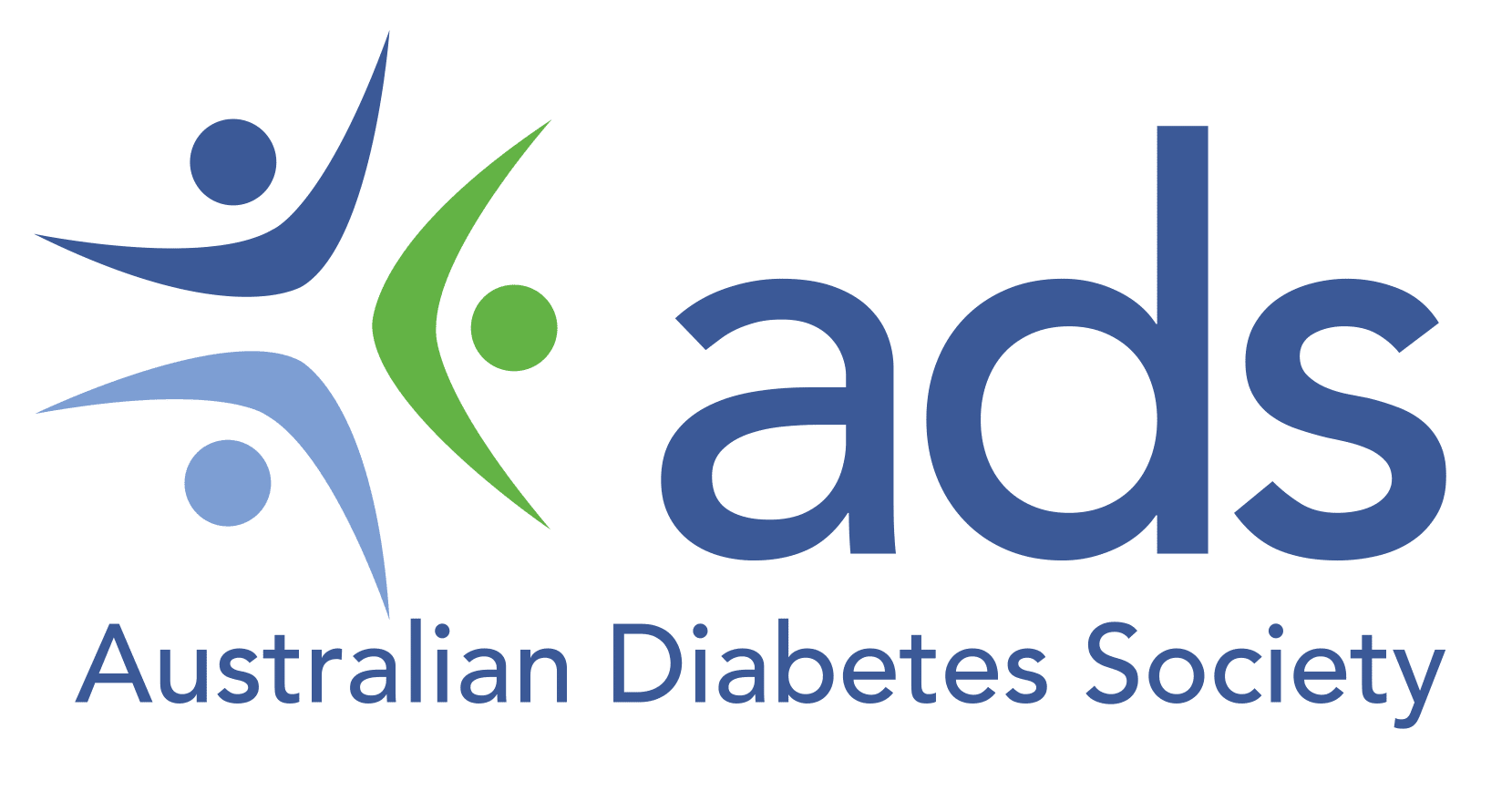
The Consortium has developed evidence based clinical guidelines for diabetes containing selected recommendations regarding:
- Medical device technology for the management of type 1 diabetes; and
- Medications for blood glucose management in adults with type 2 diabetes.
The clinical guidelines for diabetes were approved by the National health & Medical Research Council (NHMRC) in November 2020. These guidelines are living and as such, the LED team are regularly monitoring research to update recommendations as required or as new evidence accumulates. Please download the ‘Australian Evidenced-Based Clinical Guidelines for Diabetes‘.
The guidelines are accessible through MAGICapp here:
New Recommendations
In hospital management of glycaemia
Intensive vs less intensive glycaemic targets in ICU
- For patients within intensive care units who require insulin treatment to lower blood glucose, a target within the glucose range of 7.7 to 11.1 mmol/L is recommended.
Basal plus bolus vs bolus only in non-ICU
- In people with diabetes experiencing hyperglycaemia who are hospitalised and do not require intensive care, consider using subcutaneous insulin injection regimens that include a basal component for the management of blood glucose.
Specialist inpatient diabetes teams vs usual care in non-ICU
- It remains unclear whether the use of specialist inpatient diabetes teams improves clinical outcomes compared to usual care in patients with diabetes who are hospitalised and do not require intensive care.
Balanced vs isotonic saline for resolution of diabetic ketoacidosis in non-ICU
- It remains unclear whether the use of balanced intravenous solutions improve outcomes compared to isotonic 0.9% saline for the resolution of diabetic ketoacidosis in patients admitted to intensive care.
Medical device technology for the management of type 1 diabetes
Continuous glucose monitoring devices (CGM)
- We suggest continuous glucose monitoring rather than self-monitoring of blood glucose alone for all adults with type 1 diabetes treated with multiple daily injections.
Continuous subcutaneous insulin infusion pump devices (CSII)
- We suggest CSII or MDI treatment for children and adolescents with type 1 diabetes based on the preference of the person with diabetes (and carer).
- We suggest CSII rather than MDI treatment for adults with type 1 diabetes based on the preference of the person with diabetes.
Automated continuous subcutaneous insulin infusion (AutoCSII)
- We suggest automated continuous subcutaneous insulin infusion (AutoCSII) treatment rather than non-automated CSII treatment to optimise glycaemia for children, adolescents and adults with type 1 diabetes.
Medications for blood glucose management in adults with type 2 diabetes
Optimal initial medication
- We suggest the use of metformin as first-line monotherapy in adults with type 2 diabetes.
Optimal add-on medication
- We recommend the addition of an SGLT-2 inhibitor to other glucose lowering medication(s) in adults with type 2 diabetes who also have cardiovascular disease, multiple cardiovascular risk factors and/or kidney disease.
- We recommend the addition of a GLP-1 receptor agonist to other glucose lowering medication(s) in adults with type 2 diabetes who have cardiovascular disease, multiple cardiovascular risk factors and/or kidney disease, and are unable to be prescribed an SGLT-2 inhibitor due to either intolerance or contraindication.
- We suggest the addition of a DPP-4 inhibitor to other glucose lowering medication(s) in adults with type 2 diabetes who have cardiovascular disease, multiple cardiovascular risk factors and/or kidney disease, and are unable to be prescribed an SGLT-2 inhibitor or a GLP-1 receptor agonist due to either intolerance or contraindication.
- We suggest the addition of either an SGLT-2 inhibitor, GLP-1 receptor agonist or a DPP-4 inhibitor to metformin in adults with type 2 diabetes who do not have cardiovascular disease, multiple cardiovascular risk factors or kidney disease, and are unable to achieve optimal blood glucose levels.
- We suggest that a sulphonylurea should not be the first choice medication to add to metformin as dual therapy in adults with type 2 diabetes as it may increase the risk of severe hypoglycaemia.
- We suggest that a thiazolidinedione should not be the first choice medication to add to metformin as dual therapy in adults with type 2 diabetes as it may increase the risk of hospitalisation for heart failure.
How to Read Guide
The guidelines are published on a platform called MAGICapp which enables transparent display of GRADE processes and access to additional practical information useful for Clinical Guideline recommendation implementation.
The guidelines are made up of two layers:
(1) The Recommendations and
(2) The basis of the recommendations.
A detailed reading guide is published within MAGICapp, Chapter 1.
For any further enquiries regarding the Diabetes Living Guidelines please contact: Tanya Millard
Diabetes Living Guideline Project Coordinator, Australian Diabetes Society.
Email: livingguidelines@diabetessociety.com.au




